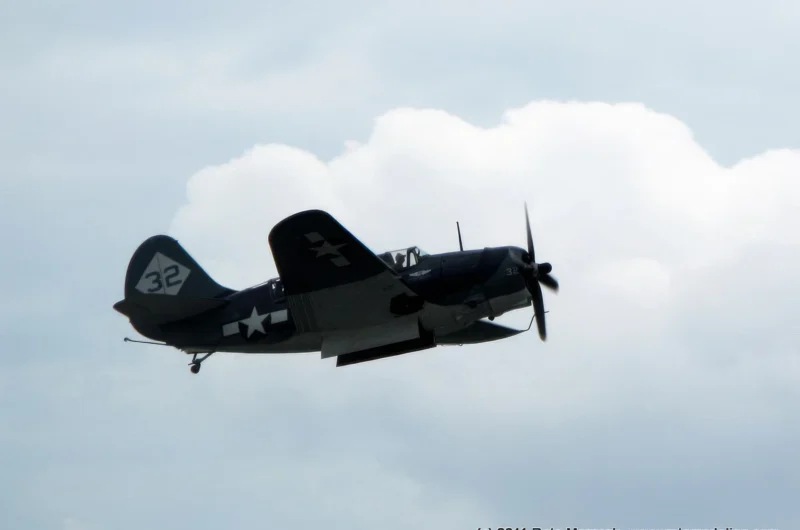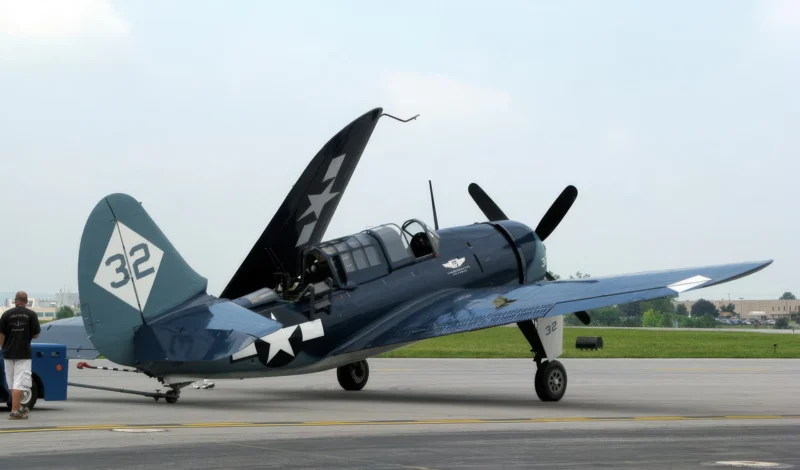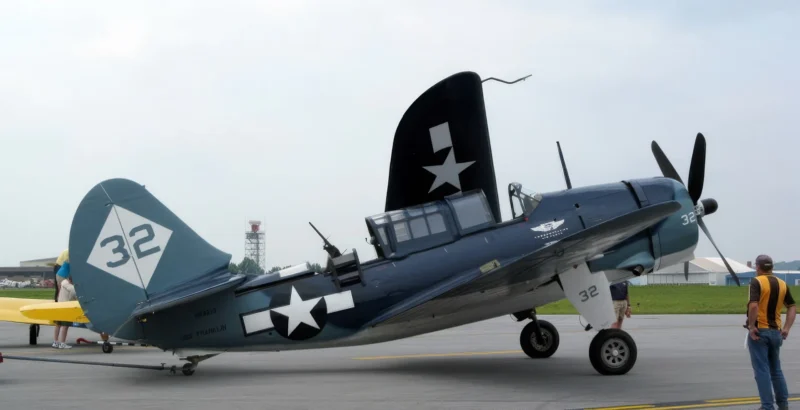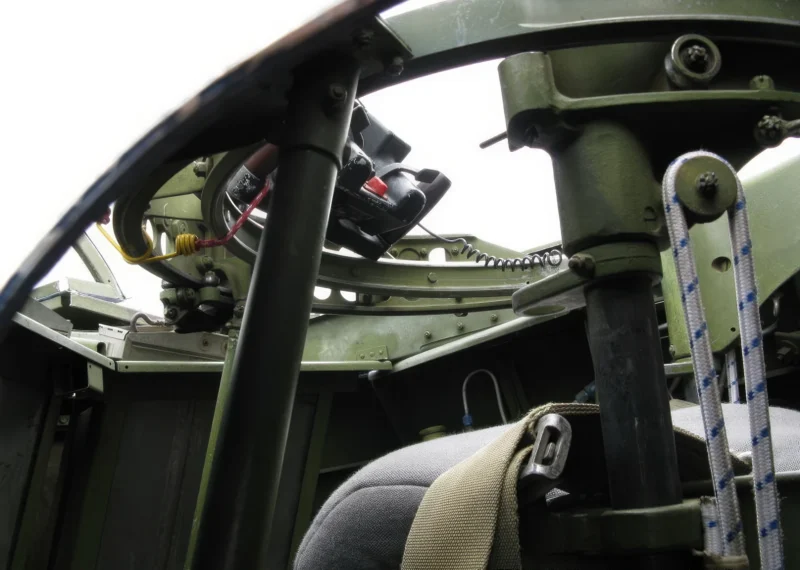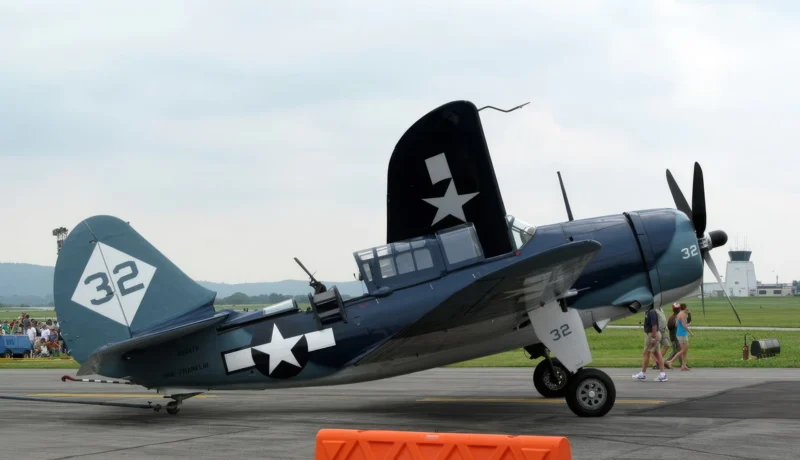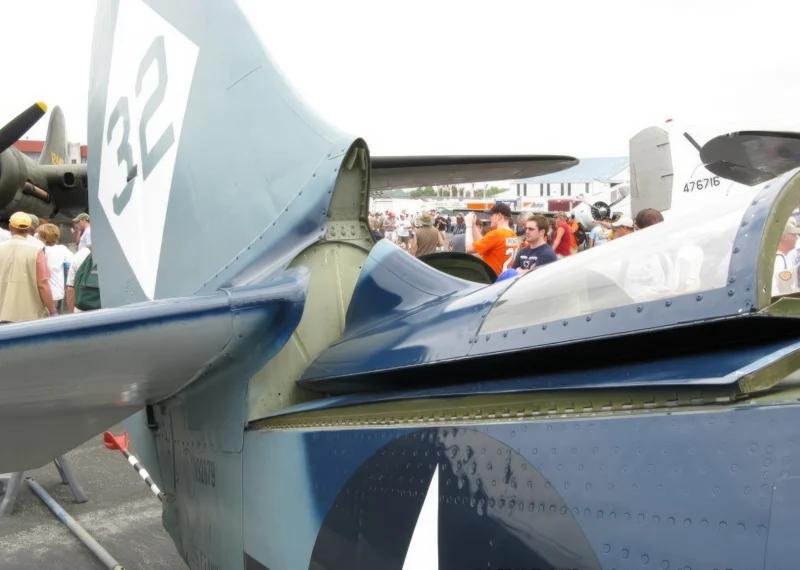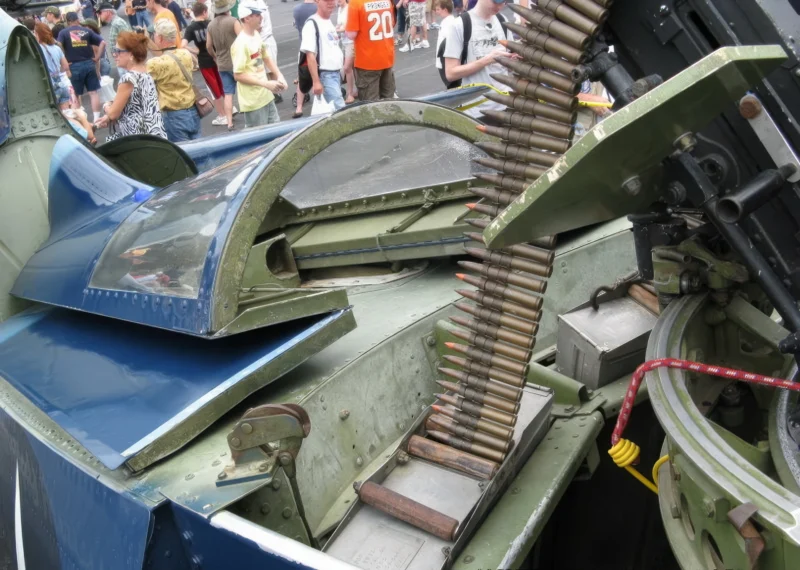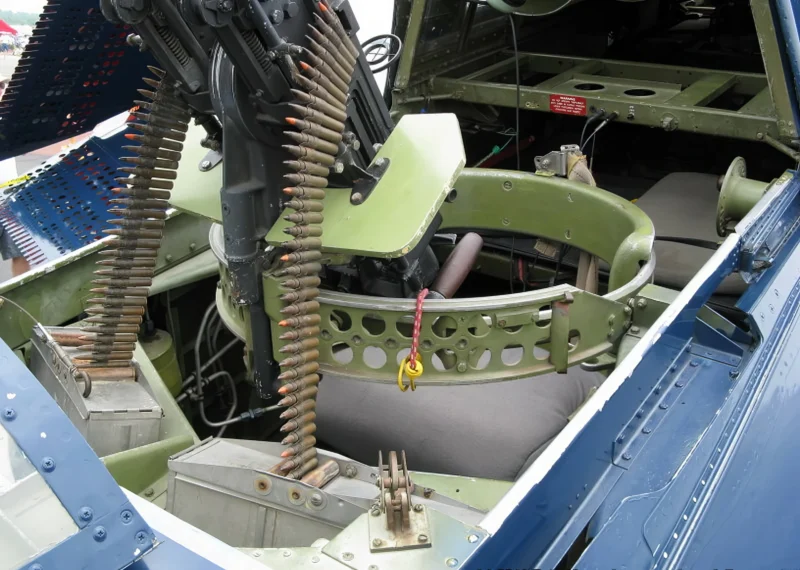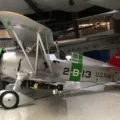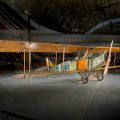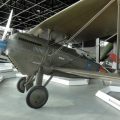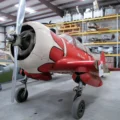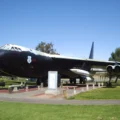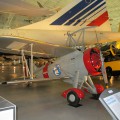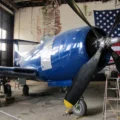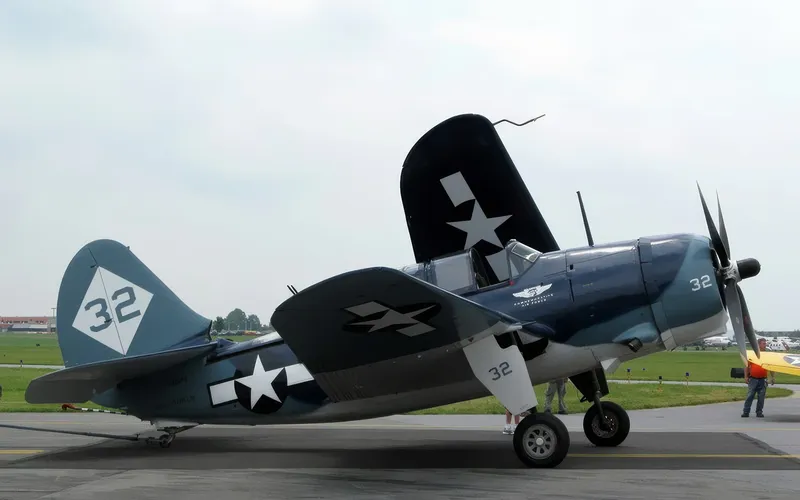
Curtiss SB2C-5 Helldiver | |
|---|---|
| Land | Usa |
| Typ | Bombardier |
Bildergalerie auf einem Curtiss SB2C-5 Helldiver, Le Curtiss SB2C Helldiver surnommé « The beast » (La bête) par ses équipages est un avion militaire de la Seconde Guerre mondiale. L’usine Curtiss Wie die Brewster erhielt ein Auftrag der US Navy im Mai 1939, um die Douglas SBD Dauntless als Bomber auf amerikanischen Flugzeugträgern zu ersetzen. Der Prototyp flog zum ersten Mal am 18. Dezember 1940, wurde aber einige Tage später bei einem Unfall zerstört. Dieser Zwischenfall und die zahlreichen Änderungen (Erhöhung der Treibstoffkapazität, Anhaltertanks, Verstärkung der Bordbewaffnung, Vergrößerung der Drift- und Ruderoberfläche) führten zu einer erheblichen Verzögerung, und selbst wenn das erste Serienexemplar im Juni 1942 flog, fand die erste Kriegsmission erst am 11. November 1943 mit der Bombardierung der Insel Rabaul statt.
Quelle: Curtiss SB2C-5 Helldiver sur Wikipedia Vu sur le forum
| Curtiss SB2C-5 Helldiver – WalkAround | |
|---|---|
| Fotograf | Unbekannter |
| Lokalisierung | Unbekannter |
| Fotos | 49 |
Siehe auch:
das Curtiss SB2C Helldiver was the U.S. Navy’s principal carrier-based dive bomber during the latter half of World War II. Intended to replace the venerable SBD Dauntless, the SB2C was a larger, faster, and much more powerful aircraft. The SB2C-5 was the final production variant, featuring key improvements that addressed many of the earlier model’s notorious handling issues, earning it a grudging respect despite its difficult reputation.
Key Specifications (SB2C-5 Variant)
- Rolle: Carrier-based Scout Bomber / Dive Bomber.
- Power Plant: One Wright R-2600-20 ‘Twin Cyclone’ radial engine, delivering 1,900 hp.
- Mannschaft: Two (Pilot and Radio Operator/Gunner).
- Max Speed: Approximately 295 mph (475 km/h).
- Armament (Fixed): Zwei 20 mm M2 cannons in the wings.
- Armament (Flexible): Two .30 cal M1919 Browning machine guns in the rear cockpit.
- Ordnance: Bis 2,000 lbs (907 kg) of bombs in an internal bomb bay or one Mark 13 torpedo (partially external), plus HVAR rockets or bombs on underwing hardpoints.
- Key Improvement: The -5 variant notably featured Erhöhte Kraftstoffkapazität, extending its operational range.
Design and Operational History
The Helldiver’s development was protracted and plagued with issues, leading to its unflattering nicknames like the “Beast” or “Son of a Bitch Second Class.” The Navy’s requirement for a large aircraft with a substantial internal payload that could still fit two-abreast on carrier elevators forced Curtiss into a short-coupled design, which initially resulted in poor stability and difficult low-speed handling, especially during carrier landings.
However, once introduced, the later variants (like the SB2C-3, -4, and -5) became effective warplanes. They played a critical role in the major battles of the Pacific, including the Marianas, Leyte Gulf, and Okinawa, where their heavy bomb load and accurate diving attack contributed to the sinking of numerous Japanese warships.
Views : 7326
